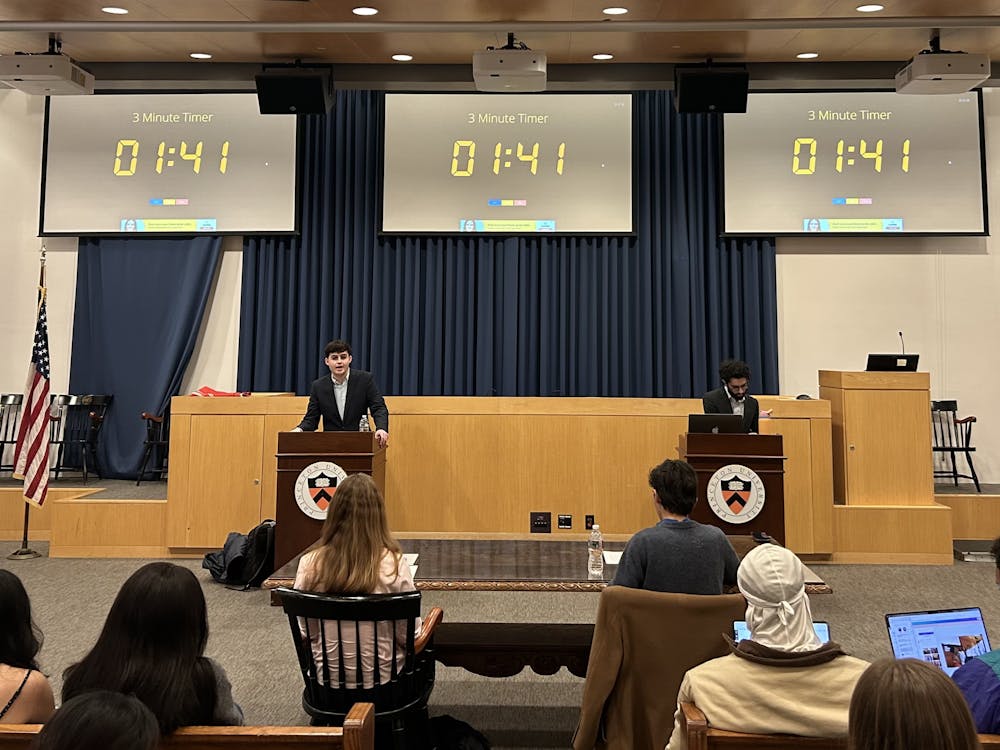Dan Wachtell's column of March 14, "Disjunctive Architecture and a Lack of Space," raises many valid observations that University administrators would be well served to consider at length when planning future development. Unfortunately, Mr. Wachtell taints what would be an otherwise valid critique of Princeton's recently ill-conceived campus development with inconsistent criticisms of Frank Gehry and his work.
First things first, though. I feel Mr. Wachtell is right-on to criticize a series of planning decisions that have increasingly eaten away at our open spaces. The future loss of space on Poe Field coupled with the loss of many of the tennis courts by Butler are disturbing developments for students who enjoy the convenient access these recreational venues offer. Like Mr. Wachtell, I too will be graduating soon, so these developments will not inconvenience me.
However, Mr. Wachtell's assertion that Gehry and his buildings are "imposing, aggressive, and domineering" reflects an unfortunate lack of understanding about the process of design in Gehry's studio. While Mr. Wachtell is certainly entitled to his opinion about the appropriateness of certain Gehry designs in rural settings, I fail to see how he can objectively assert that Gehry's organic forms are less appropriate to a rural environment than, say, a classically influenced plantation home. If Mr. Wachtell actually attended the lecture (or paid attention while there), he would understand that myriad contextual concerns played into the designs for the Mississippi museum complex, Spanish hotel, and Stata Center at MIT. In these, as in all Gehry works, relationships to the environment and surrounding buildings were among the first things considered in the design process. As Mr. Gehry himself noted at the beginning of his talk, one of the things he relishes most about his profession is the interaction with clients – far from the "imposing, aggressive, domineering" designer Mr. Wachtell believes he is.
At the end of the lecture, the architect presented slides of preliminary models for the Princeton project — models that were designed with the express purpose of studying contextual relationships with the surroundings. Why didn't Mr. Gehry have a complete model? Quite simply, architecture is not designed in a black-box; a final design has yet to be reached. Mr. Gehry doesn't know what the building will look like precisely because he is still studying how it will interact with the surrounding structures. As there is no final design for the building, Mr. Wachtell's concerns about its contextuality are premature at best. I for one have full faith that Gehry will come up with a design that is both captivating and contextual, but I will wait to see what the actual plan looks like before deciding that. Brendan Rudolph '02







